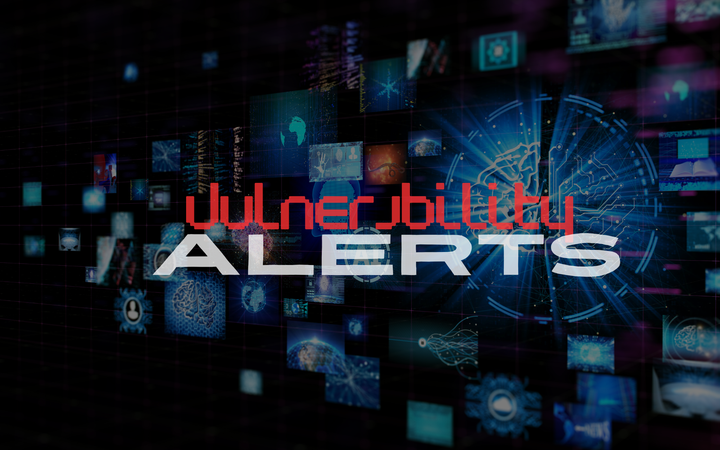Microsoft CLFS Zero-Day Under Active Exploitation — CVE-2025-29824
A Windows kernel zero-day in the Common Log File System (CLFS) driver (CVE-2025-29824) has been exploited in the wild to escalate privileges and enable ransomware post-compromise activity. Microsoft patched the issue in April 2025 — apply updates and hunt for signs of post-exploit activity now.

What happened
Microsoft disclosed a use-after-free vulnerability in the Windows Common Log File System driver (CLFS) – tracked as CVE-2025-29824 – which allows a local, authorized attacker to escalate privileges to SYSTEM. Microsoft and multiple security vendors observed the bug being chained by threat actors to perform post-compromise escalation, credential theft, and ransomware deployment.
Microsoft released an out-of-band fix as part of the April 8, 2025, Patch Tuesday, and confirmed observed exploit activity against organizations across several sectors and countries.
Technical Summary
- Vulnerability type: Use-after-free in
clfs.sys(CLFS kernel driver). - Impact: Local privilege escalation (LPE) – attacker with non-system privileges can gain SYSTEM.
- Attack vector: The flaw is exploitable after initial access: adversaries first obtain a foothold (user or low-privilege account) and then use the CLFS bug to escalate to SYSTEM and perform lateral movement, credential dumping, and file encryption.
Security researchers linked the exploit to ransomware groups (Play /Storm-2460) and to loader/utility malware families such as PipeMagic, which were used as part of multi-stage intrusion chains.
Who/what is affected
- Microsoft listed affected Windows versions in its advisory and included mitigations in the April 2025 updates; many supported Windows Server and Windows 10/11 versions were in scope. (Check Microsoft's Update Guide for product-specific CVE mapping.)
Note: some vulnerability reports indicated Windows 11 24H2 showed different exploitability characteristics; always confirm your exact OS build against Microsoft's guidance.
Immediate mitigation & remediation (what to do now)
- Patch immediately: Apply Microsoft's April 8, 2025 security updates (or later cumulative updates) to all Windows hosts in your environment. This is the single most important step.
- Assume post-compromise activity. If you had an active breach window prior to patching, treat affected hosts as potentially compromised: isolate, image, and perform forensic triage.
- Hunt for follow-on behavior. Look for credential dumping (LSASS memory access), suspicious scheduled tasks, new services, unexpected SYSTEM-level processes, and unusual network connections to C2 domains.
- Contain ransomware risk: If ransomware-linked activity is suspected, prioritize containment of backups and domain controllers, and follow your IR plan for encryption incidents.
Detection guidance & indicators to search for
- Local detection: Elevated calls to LSASS memory access, unexpected use of Sysinternals or credential dumping tools, spawning of SYSTEM processes from non-system contexts.
- Network detection: Outbound connections to known Play/Storm-2460 infrastructure (check threat feeds and IOCs from your vendors).
- Log checks: Search EDR and Windows Event logs for suspicious "service install" events, creation of unexpected scheduled tasks, and abnormal process parent/child relationships following user login.
If you use SIEM detection packs or Sigma rules, deploy CLFS/EoP detection rules (several vendors published Sigma/analytic rules after April 2025).
ThreatGrid Takeaways
- Patch now, verify after. The April 8 patches close the zero-day — but patching alone isn’t enough if your systems were hit during the exploit window. Do forensic validation.
- This is a post-compromise weapon. CVE-2025-29824 is most valuable to attackers after initial access — it amplifies impact and enables ransomware or data exfiltration. Harden remote access and credential hygiene to reduce initial footholds.
- Hunt for lateral movement and credential theft. The observed attack chains used CLFS to reach SYSTEM and then move laterally; focus detection on LSASS access and service creation.
- Coordinate with vendors & authorities. Share IOCs with your MSSP/IR partner and report confirmed intrusions to relevant CERT/CISO authorities.
References & further reading
- Microsoft Security Blog — Exploitation of CLFS zero-day leads to ransomware activity. Microsoft
- NVD / CVE record for CVE-2025-29824. NVD
- CyberScoop coverage of active exploitation and actor tracking. CyberScoop
- Rapid7 Patch Tuesday analysis (April 2025). Rapid7
- The Hacker News — Play Ransomware exploitation report. The Hacker News



